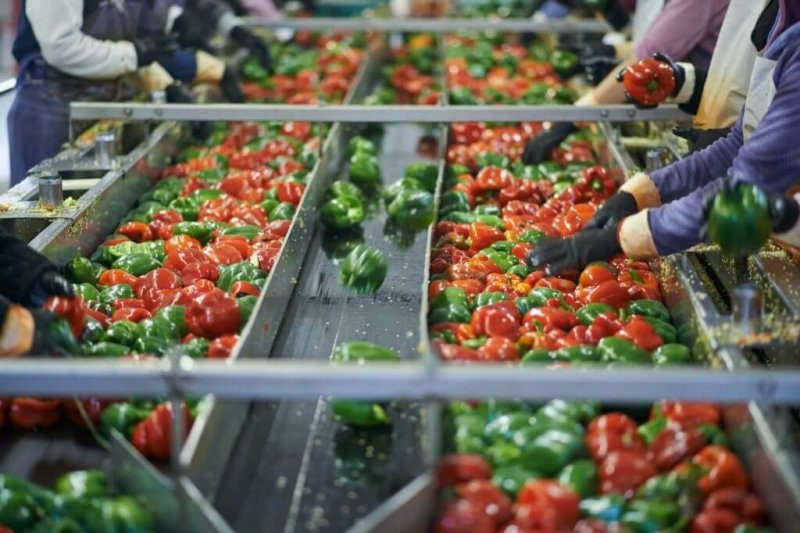There is a lot of misunderstanding of the sciences involving food, including genetic engineering, pesticide risks, and the idea that some foods are “natural.” But by far, the most misunderstood science is that involving irradiating food.
…
Today, food is irradiated in 55 countries, primarily by gamma rays, to control molds, parasites, pathogens, insects, and to extend shelf life and sterilize packages. Irradiation is also an excellent way to reduce an estimated 40% loss of global crops due to insect infestation.
Is it safe? Studies conducted by FDA, CDC, the World Health Organization and the International Food and Agriculture Organization have all concluded it is safe.
Irradiating more foods than we currently do would go a long way to preventing 48 million cases of foodborne disease and 3,000 deaths per year. Getting over our fear of radiation can lead to safer foods, efficient power generation (small nuclear power reactors), and even medicinal uses.































